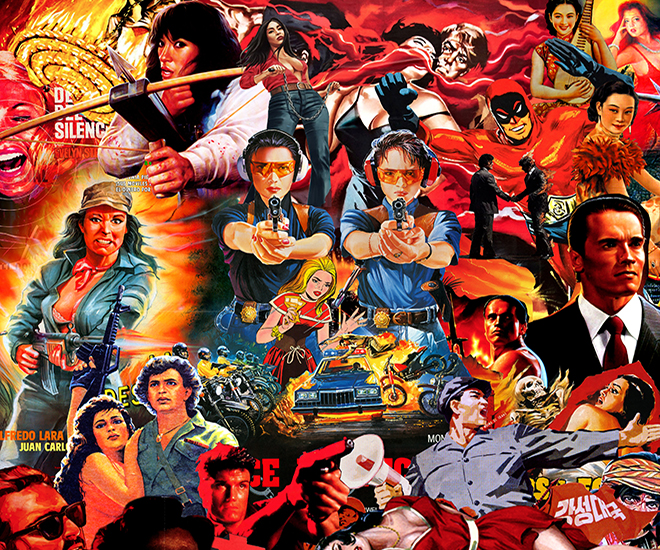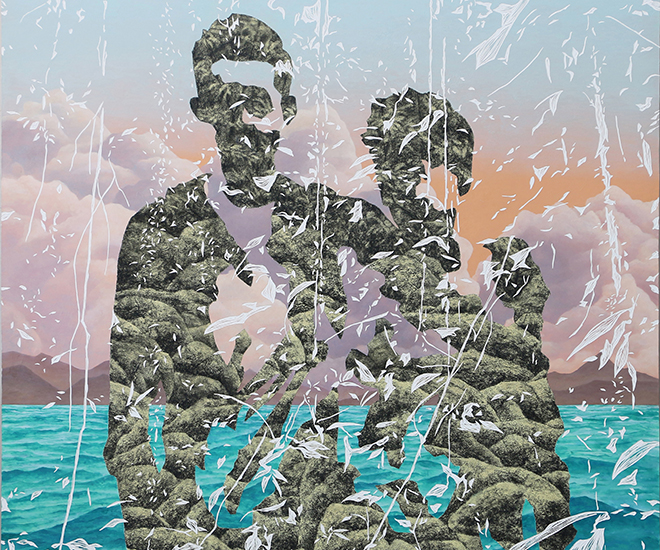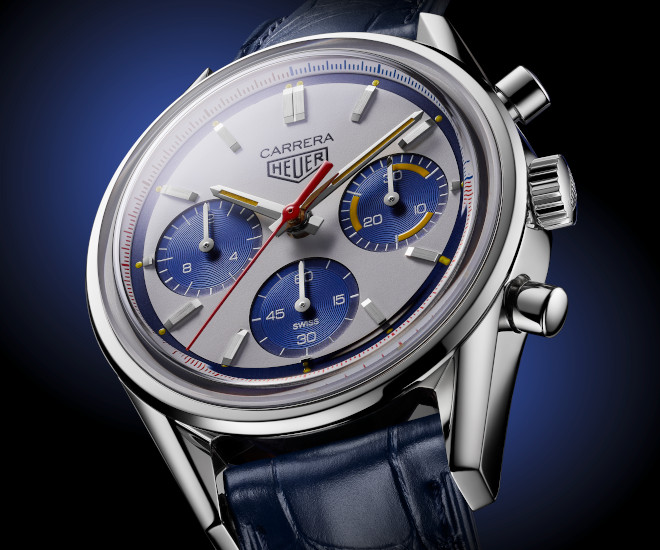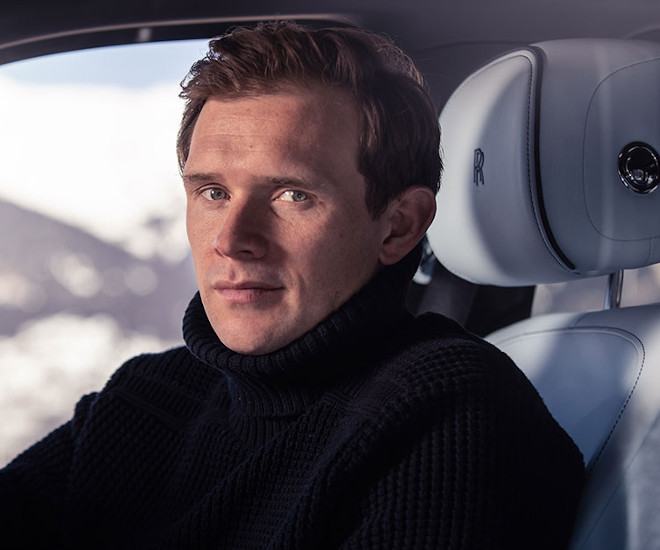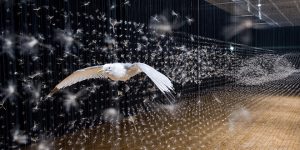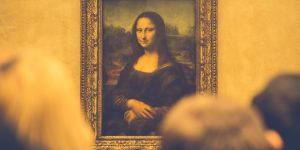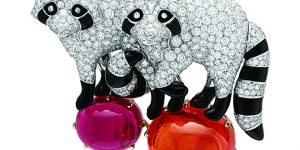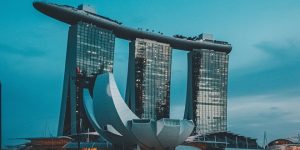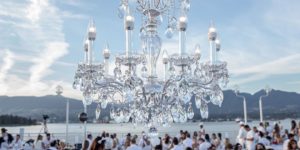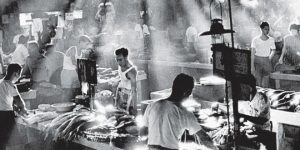Exhibitions in Paris, France: The Organic Mechanic, Émeric Chantier at A2Z Gallery
Growing vegetal sculptures as an informed critic towards humanity and social circumstances, Émeric Chantier contemplates human’s physicality against the origins and future of nature.

Émeric Chantier, ‘A child’, 2017. Image courtesy A2Z Gallery
As natural as it is mechanical, Émeric Chantier sculpts vegetal material alongside industrial components to awaken the collective consciousness of humanity towards the environment. Through an unusual combination of dirt and wood against metal and polyurethane foam, his sculptures communicate the symbolism of daily objects and their cultural impact in great detail. Objects such as weapons and masks are emulated organically, with the organism growing unobtrusively despite the physical boundaries or limitations of the industrial materials of the sculpture.
With each sculpted figure, Chantier tries to encourage a double reading of it both macroscopically and microscopically vision. While many of his pieces are of miniature sizes, they elevate viewers into a gigantic perspective – therefore macroscopic – of the artwork. He believes that the power of nature will always prevail against human constraints, portrayed by vegetal elements growing inside even the smallest of nooks and crannies of the sculpture, therefore leading the viewers to take a detailed observation of each figure and inspecting it microscopically. “The observer loses the overview and is required to look more caring, more carefully to the environment in which he lives,” explains Chantier. “By seeing the sculpture in details, the public is led to a personal interrogation.”
The contrast between the ever-growing shrubs against the stark mechanical pieces reminds viewers to be conscious of their surroundings and to rethink their place in the environment. “It is not an act of ecological activist but a personal reflection on the function of our society,” Chantier declares. Looking at his piece titled ‘Cross’, viewers may refer to medieval art history of the martyr as the sculpture can be seen as a representation to how the environment suffered the consequences contemporary society’s action, bringing forward the question of how human should position himself against nature. Meanwhile, the mechanical womb enveloping the vegetal infant in the sculpture titled ‘Foetus’ can be interpreted as a man-made protection of nature, or instead an obstruction against natural growth. Chantier leaves it to the viewers to interpret his works, as he enjoys challenging the public’s eyes.

Émeric Chantier, ‘Foetus’, 2013. Image courtesy A2Z Gallery
Growing up in the suburbs of Montreuil, Paris, surrounded by fields and forests, Chantier has always felt a strong connection with nature. His fondness of manipulating Lego toys honed his skills as a sculptor from early on. He started to create sculptures to change the less-than-ideal situation at his last employment, fulfilling his longing for nature after his move to the capital for the job. He cited his inspiration as coming from his great-grandparents old house, where he would found mundane objects such as old plastic bottles of syrup and used cans, which he would turn into miniature vessels of nature.
When it comes to the technicalities of his sculpture, the artist has had previous artisanal training that taught him to experiment with many different assembly techniques. Chantier enjoys creating minuscule sizes as it implies quality, expertise and mastery of the gestures. It also signifies patience, tenacity and tenderness. He credits his affinity towards it to his childhood of making diorama Legos, a sense of accomplishment achieved every time he managed to create a miniaturised and precious universe.

Émeric Chantier, ‘A child’, 2017. Image courtesy A2Z Gallery
In a solo exhibition titled ‘Look at Me’, presenting at A2Z Art Gallery in Paris until 29 July, Chantier continues his unconscious critical responses towards environment and society through sculpting toys and weapons, in order to communicate the experience human body has in discussion with the ecosystem. He is hoping to find the balance between the collective awareness and personal questioning, and eventually creating a utopian system where humans can live amicably alongside nature.
This article was written by Wintang Warastri for Art Republik.
